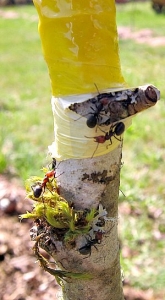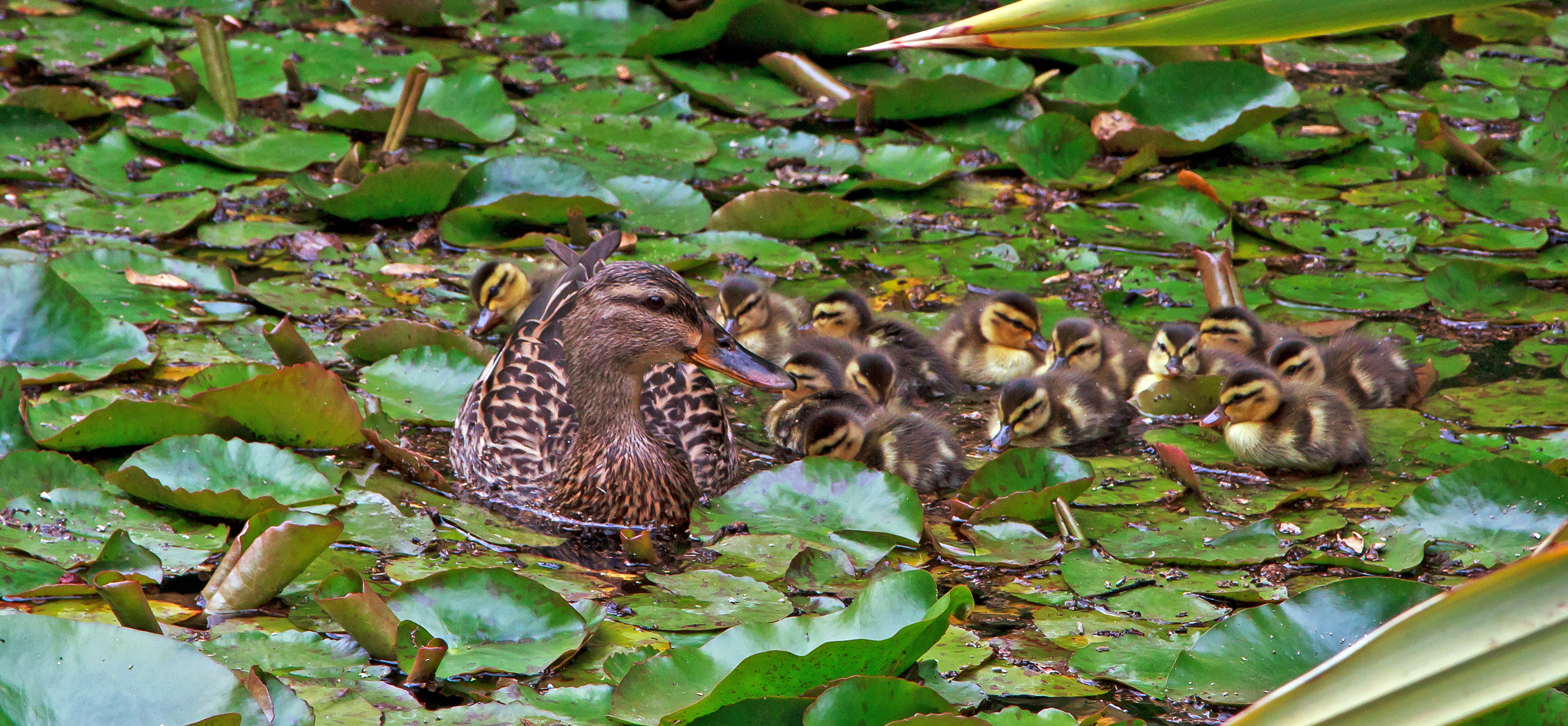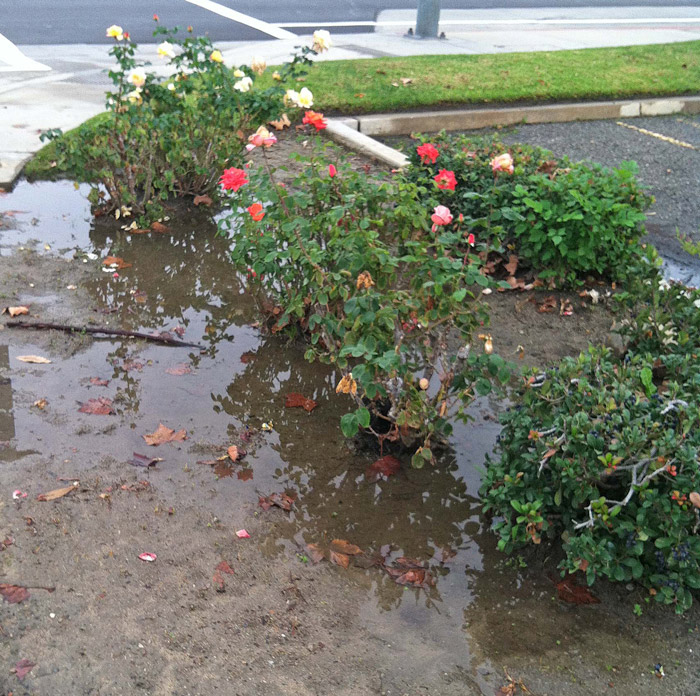Proper Plant Watering
According to UC ANR, poor water management is probably the biggest problem suffered by landscape trees and shrubs. This is consistent with the experience of the County Plant Pathologist, Dr. Jerrold Turney, who has assisted countless County residents with their plant and landscape concerns. According to Dr. Turney, “if you don’t water properly, it doesn’t matter what else you do.”
Underwatering (too little water) can result in plants that are drought or water-stressed which makes them more susceptible to certain insect pests. Overwatering, which is probably a more common problem in landscaping than underwatering, can contribute to plant diseases and other undesirable conditions. The following plant watering practices can help reduce the potential for plant diseases and other problems associated with watering:
- Water at the plant root zones and not on the trunk
- Avoid overhead watering
- Practice Hydrozoning which is grouping plants with similar water needs
Section 13 has much more information on the principles of water management in landscaping. It is becoming increasingly apparent that wise use of water is vital to the sustainability of our urban environment. Overall water use, as well as some of the challenges of landscape watering, can be reduced by selecting plant species that are well-adapted to the locale. In fact, some native plants require virtually no watering aside from normal rainfall. Appendix D lists resources where more information on drought resistant plants is available.
One of the very best places to start is THE DROUGHT TOLERANT GARDEN, LOS ANGELES COUNTY HANDBOOK (PDF download).
Biological Control and Conservation/Augmentation of Natural Predators
Natural enemies are important allies in the battle against harmful landscape pests, especially insects. They include predators, parasites and pathogens (diseases). In general, the release of commercially available parasites or predatory insects for successful biological control of damaging insects in landscape or open space settings has not been as extensively studied as it has in agriculture. However, almost all pest insects in Los Angeles County already have one or more natural enemies occurring naturally in the area making protection/conservation of these an important IPM principle.
Natural enemies are often more susceptible to pesticides (insecticides) than pests. As a result, pesticides can severely disrupt biological control; therefore, whenever possible, the following steps should be taken to help protect natural enemies from the adverse effects of a pesticide application:
- Avoid the use of broad spectrum and/or long persistence pesticides
- Use only spot treatments
- Use bait stations
 Common Argentine ants actively protect honeydew-producing insects like aphids, whiteflies and scale insects which are prey to many predators. Whenever possible, prevent Argentine ants from protecting prey species by using a sticky barrier like TANGLEFOOT® (see image right) or by denying access to branches that ants can use to get to where the prey species are.
Common Argentine ants actively protect honeydew-producing insects like aphids, whiteflies and scale insects which are prey to many predators. Whenever possible, prevent Argentine ants from protecting prey species by using a sticky barrier like TANGLEFOOT® (see image right) or by denying access to branches that ants can use to get to where the prey species are.
The natural enemies in an area can be enhanced by creating a favorable habitat. For example, the adults of many species of predatory insects only feed on pollen and nectar, so maintaining flowering and nectar producing plants can provide natural enemies with both food and shelter.
Appendix E has a list of common plant species that provide food or a favorable habitat for predatory insects. Areas with plants dedicated to augmentation of beneficial insects are sometimes called “insectaries” and the plants within them “insectary plants”.



